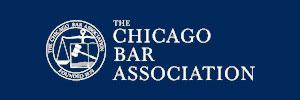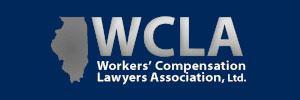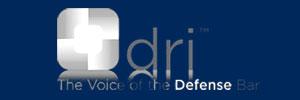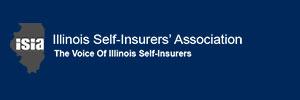Expert Testimony Not Necessary For Use Of Post-Accident Photographs
March 2019
Peach v. McGovern, 2019 IL 123156 (January 2019)
In this case, the Supreme Court of the State of Illinois finally put to rest whether or not expert testimony is required when using photographs of vehicle damage to argue no connection between an accident and claimed injuries. Plaintiff, Kevin Peach, was stopped at a stop sign in his Nissan pickup truck when he was rear-ended by defendant McGovern’s vehicle. Defendant testified she spaced out and let her foot slip off the brake; her car rolled forward and tapped his truck. She testified she never pressed the gas pedal once she had stopped.
Post-accident photographs showed that plaintiff’s back bumper was dented and the defendant’s front end was cracked, however, it was never determined if the accident caused the crack. Both parties testified photographs were accurate representations of the conditions of their vehicles immediately after the accident.
Plaintiff, according to Dr. Templar, had whiplash syndrome, chronic neck pain, cervical facet arthropathy, cervical disc herniation, possible cervicogenic pain, cervical annular tear, possible cervical radiculopathy, cervical foraminal stenosis, and cervical degenerative disc disease. Plaintiff incurred over $23,000.00 in treatment bills.
At trial, the treating physician, Dr. Templar, was asked on cross-examination if the photographs would have any effect on his diagnosis. Dr. Templar stated he could not answer that question because it was not his expertise; he was not a mechanical engineer.
Dr. Templar also testified “Yes” in response to the question of whether or not the damages may not have been caused by the accident. Dr. Templar also answered there could have been other causes but he did not know of anything besides the accident.
The trial court allowed the introduction of the photographs and the appellate court reversed and remanded. The Supreme Court stated, “in general, photographic evidence is admissible if it has a reasonable tendency to prove or disprove a material fact at issue in the case. It may be excluded if irrelevant, or if its prejudicial nature outweighs its probative value. The circuit court must determine whether the photographs make the resulting injury to the plaintiff more or less probable or if the photographs may be relevant with regard to impeachment.”
Plaintiff relied upon Voykin v. Estate of DeBoer where the Supreme Court ruled that medical testimony was needed to establish a causal relationship between plaintiff’s prior injury and the present injury. There was no prior injury in the instant matter and therefore the court stated reliance upon Voykin was inapposite. The court stated that the essential question in deciding the admissibility of vehicular photographs is “whether the jury can properly relate the vehicular damage depicted in the photographs to the injury without the aid of an expert.”
The court held post-accident photographs, just like the testimony of witnesses describing an accident, are relevant to the issues of proximate cause and injury. An item of evidence does not need to prove conclusively the proposition for which it is offered. It is enough if the item can reasonably show that a fact is slightly more probable than it would appear without the evidence.
The court also stated that if a jury is allowed to consider relevant testimony about vehicle speed and impact forces, a jury should be permitted to consider photographs that depict the damage or lack thereof done to the vehicles.
Finally, courts that require an expert physician or auto reconstruction engineer to testify and explain evidence that is understood by the jurors imposes financial burdens on an already expensive discovery and trial process. Requiring an expert witness when there is no prior accident or pre-existing injury forces parties to the task of finding and employing experts instead of simply permitting the jury to apply common sense and experience to evidence relevant to the causation issue in the case.
The holding in Peach is good news for the defense bar. It is now the law in the state of Illinois that expert testimony is not needed to utilize post-accident photographs at trial. Counsel should remember that they have the burden to convince the trial judge that the photographs are relevant to either proximate cause or the injuries claimed to have been suffered.










